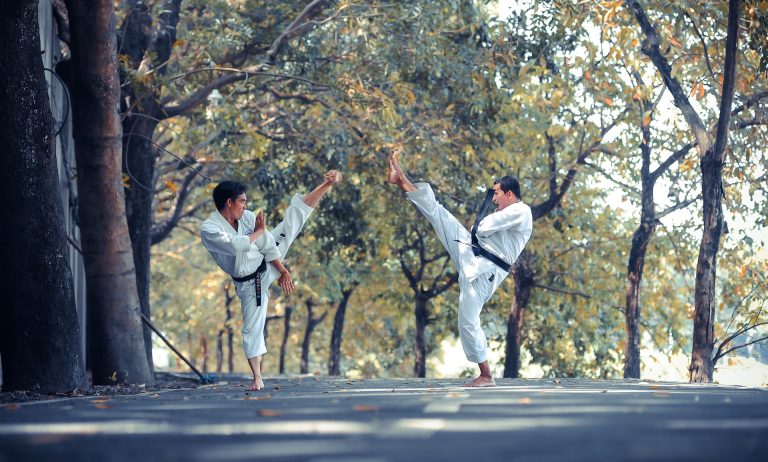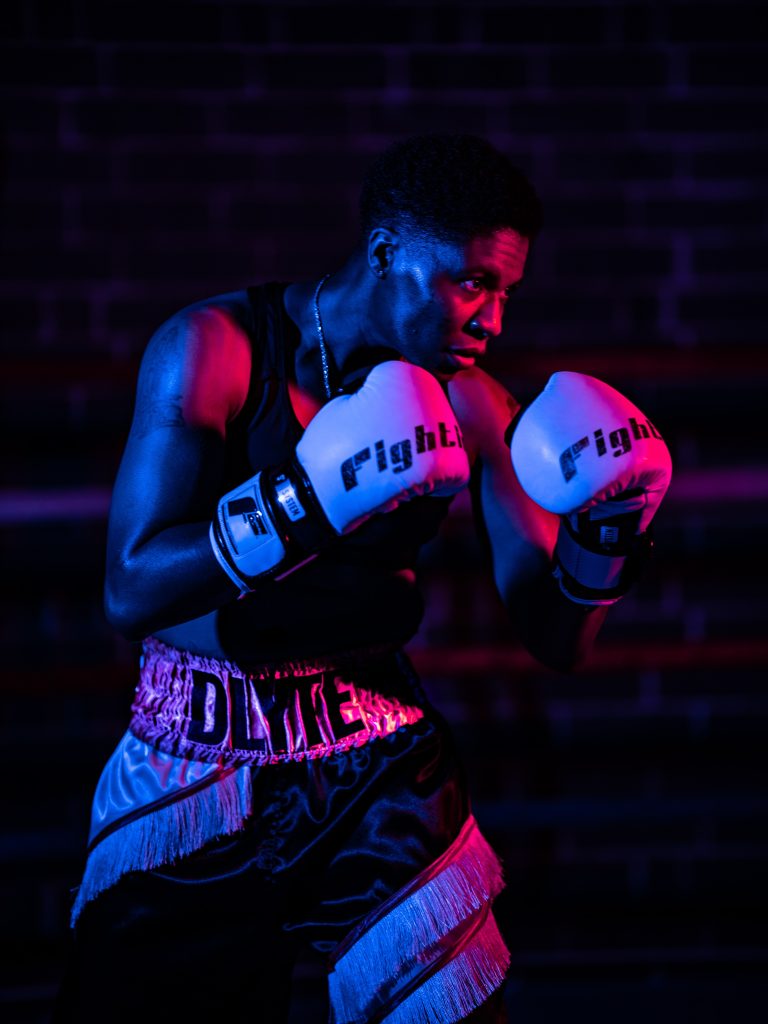Getting Started: What You Need to Know Before Joining a Karate Class?
Karate was first popularized in Japan and is now one of the most widely practiced martial arts around the world. It is an intense but rewarding experience that teaches people self-defense, discipline, and physical fitness. Whether you’re looking for a fun workout or something to get you out of your comfort zone, karate is an excellent choice. But if you’re considering joining a karate class, there are a few things you need to know before getting started.
Why Karate?
Karate has a wide range of benefits, both physical and mental. On a physical level, karate can help improve your strength, endurance, agility, balance, and coordination. On a mental level, karate can help improve your focus, self-confidence, willpower, and discipline. Because karate is a full-body exercise, it also offers great cardiovascular benefits and can help you lose weight and gain lean muscle mass. Plus, you get the satisfaction of learning a skill and mastering it.
Choosing a Karate Class
When it comes to selecting the right karate class for you, there are a few things to consider. First and foremost, check out the karate school or instructor. Find out who’s teaching the class and what their qualifications are, how long they’ve been teaching, and what their teaching style is like. Check out the facilities as well—are they clean and well-maintained? What kind of equipment do they have?
You should also observe a class before signing up. Make sure you feel comfortable with the instructor and the students in the class, as well as the overall atmosphere. Finally, find out what the curriculum is like—will you be doing only traditional karate techniques or may also learn about self-defense techniques?
Getting Ready for Your First Class
Once you’ve chosen a karate class and enrolled, it’s time to get ready for your first class. Here are some tips to prepare you for your first karate session:
- Wear comfortable clothes that allow for easy movement and that don’t restrict your range of motion.
- Arrive early for your class so you have plenty of time to get settled in.
- Hydrate well before class starts.
- Talk to the instructor before class starts so you both know what you can expect.
- Be ready to learn and don’t be afraid to ask questions.
- Focus on the basics first and try not to get too frustrated if things don’t come naturally.
- Maintain positive energy.
- Respect your fellow students.
Joining a karate class is an excellent way to get into shape and learn a valuable skill set at the same time. With its numerous physical and mental benefits, it’s no wonder that karate is becoming increasingly popular all around the world. If you’re thinking of joining a karate class, keep these tips in mind.
Getting Started: What You Need to Know Before Joining a Karate Class
Karate is a martial art that is practiced by millions of people worldwide. It is an art that requires discipline, focus, and commitment. Before joining a karate class, there are several things that you need to know to ensure that you make the right decision. Here are some of the most frequently asked questions about getting started with karate:
What is Karate?
Karate is a martial art that originated in Okinawa, Japan. It emphasizes striking techniques, such as punches, kicks, and knee strikes, as well as grappling techniques like throws and joint locks.
What Are the Benefits of Karate?
There are many benefits of practicing karate, both physical and mental. Physically, karate can help improve your strength, flexibility, balance, and coordination. It can also help you achieve and maintain a healthy weight. Mentally, karate can help improve your focus, discipline, self-confidence, and stress management skills.
What Should I Wear to a Karate Class?
The clothing worn during karate classes is generally referred to as a gi. It is a traditional Japanese uniform that consists of a jacket, pants, and a belt. It is recommended that you wear a clean and comfortable gi to your class. If you do not have one, you may be able to rent or purchase one at the karate school.
Do I Need any Special Equipment?
In addition to a gi, you may also need to purchase some basic equipment for your karate classes. This may include hand and foot pads, a mouth guard, and headgear. Your instructor will likely provide you with a list of required equipment when you sign up for the class.
What Can I Expect in a Karate Class?
Karate classes typically involve a warm-up period, followed by instruction and practice of various techniques. You may work on kicking and punching drills, self-defense movements, and sparring techniques with a partner. There may also be some time dedicated to kata, which are choreographed sequences of movements.
How Do I Choose a Karate School?
When choosing a karate school, it is important to consider factors such as the instructor’s experience, the size of the class, and the school’s location and schedule. It may be helpful to visit multiple schools in your area, observe a class or two, and talk to other students to get a sense of the school’s culture and teaching style.
Is Karate Safe?
Karate can be a safe activity when practiced under proper supervision and with appropriate equipment. However, like any physical activity, there is always a risk of injury. It is important to listen to your body and communicate with your instructor if you experience any discomfort or pain during class.
What Level Can I Expect to Reach?
Karate students progress through a system of colored belts, starting with white and progressing to black. The amount of time it takes to progress through the ranks varies depending on the individual and the school’s requirements. It is important to set realistic goals and work steadily toward them, rather than focusing solely on achieving a certain belt color.
In conclusion, joining a karate class can be a rewarding and fulfilling experience. By understanding what to expect and taking the necessary precautions to ensure your safety, you can enjoy all of the physical and mental benefits that karate has to offer.
Inhaltsverzeichnis






